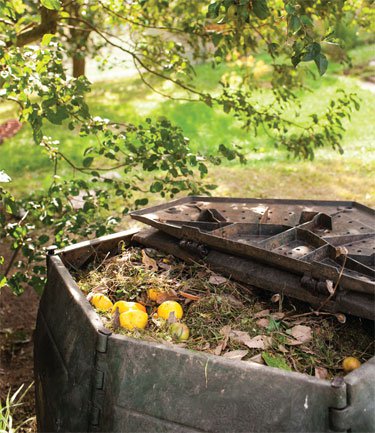
We often refer to the home as a 'complex trapping site.' It can be incredibly hard to trap rats here because there's always an abundance of food and plenty of cover for them to travel by.
As a first-time trapper, where do you start? For example, where are you supposed to set your trap? What can you do to increase your chances of success? Should you worry about other food sources?
In this article, we'll give you an introduction to trapping rats at home. We'll talk a little bit about what makes rats tick, how to find the best spot to place your trap and explain how both can influence your success.
What makes rats tick?
Their sense of smell
Rats have an excellent sense of smell. With it, they can gauge the nutritional content of food such as fat, protein and carbohydrate makeup.
A discerning palette
Rats can take time to “cotton-on” to a new food source. When they encounter a new food source they taste a small amount and then go away to see if it makes them feel sick. They repeat this process until they’ve decided the new food source can be trusted.
Food preference
Like people, rats have food preferences. Once rats have a trusted food source, it takes some effort to get them to try something new. It’s a bit like when you have a hankering for fish ‘n’ chips on a Friday night… you’re going to go past the burger place and the pizza restaurant to get to the chippie.
A social nature
Rats are also very social. When they meet, they touch noses and use their excellent sense of smell to see what their companion has been eating lately and find out what food sources are in the area.
Finding the best location for your trap
We humans create great habitats for rats to thrive – in fact, wherever there are humans, there are rats. It’s important to think about the habitat you’ve created for your local rats.
Your home is a smorgasbord
Food competition is the biggest barrier to success. Things like compost bins, pet food, chicken feeders and even other baited traps all provide excellent food sources for rats.
To increase your chances of success you first have to disrupt their current routine.
Steps to take
Ask yourself the following and make changes accordingly:
- Identify what food sources you have that are easily accessible to rats.
- Do your best to secure or eliminate these food sources. Can you remove it entirely? Or move it to a location rats can’t get into to? Or contain it in some way?
- Could you temporarily stop the food source? In the case of compost, try using a large bucket to store any new compost away from your existing compost for three-weeks to force the rats to search for new foods.
- Is the food source seasonal? In this case it’s a matter of time before the food source stops and the rats begin to look for something else. If you have Goodnature A24s in place, they’ll be ready and waiting when your rats go searching for that new food source.
Rodent detectors
Remember, a rat lives in a dangerous world and will only investigate a new food source when they feel safe to do so. It’s really important to use your Goodnature Rodent Detector Cards to detect the best place to put your trap – assess, don’t guess!
Broad pre-feeding of your site
Pre-feeding is the process of introducing your rats to the new food source in your trap. It’s simple to do.
- Place ten small dots of lure to the area around your A24 Trap. This increases the availability of this new food source to your local rats.
- Repeat this for five days. This builds their preference for the lure and habit in visiting the trap to feed.
- Next, go cold turkey and stop pre-feeding. Now the only way your rats can find the delicious lure is by entering your trap. Bingo!
